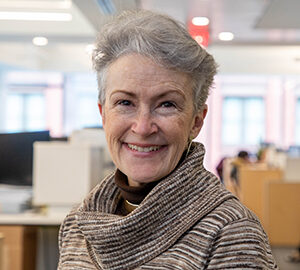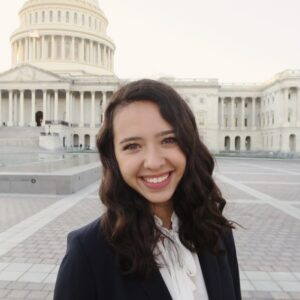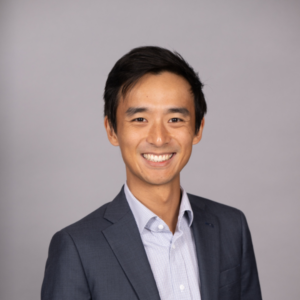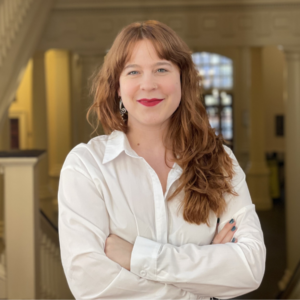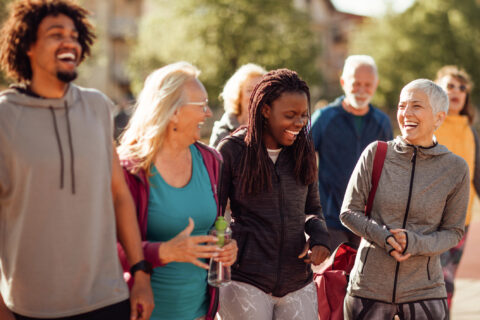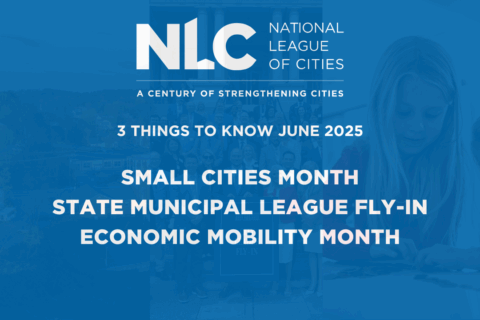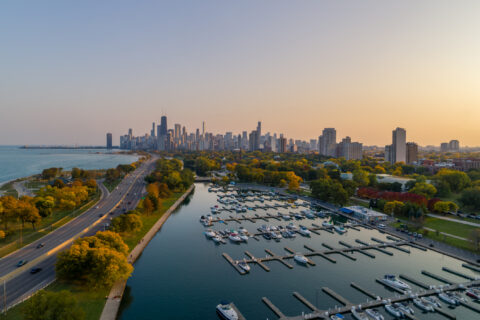Equitable access and distribution of the COVID-19 vaccination(s) is critical to the rollout and success of the process. While improvements have been made in the distribution of vaccines amid shortages and delayed shipments, Black, Indigenous, Latino/Hispanic, and other people of color are receiving vaccinations at dramatically lower rates than white Americans. To protect the health of the nation, achieve herd immunity, and protect vulnerable populations, federal, state, and local elected officials and public health officials must urgently and explicitly center equity.
Significant racial health disparities have been exposed during the COVID-19 pandemic. CDC’s age-adjusted data on COVID-19 risk show that Black, Hispanic and Indigenous Americans are infected at higher rates (especially Native Americans) than White Americans, but where the disparity is especially stark is with hospitalizations and deaths. Blacks and Hispanic Americans are three times as likely to be hospitalized and twice as likely to die from COVID-19 as White Americans. The rate is even higher for Native Americans. These health disparities reflect the chronic impact of systemic racism and inequities that must be addressed and acknowledged. To achieve this, local elected officials and public health officials should track disaggregated data, focus on building community trust, remove barriers to access, and prioritize at-risk groups. Building confidence in the vaccine is another critical step in the process requiring effective communication and community engagement.
Track the Data
Transparent tracking of vaccine distribution is key in creating accountability for equity, and in understanding what inequities may exist. Using disaggregated data by race and ethnicity, gender, age, and zip code are all crucial components of gaining a deeper understanding of disparities. Making this information available to the public centers the importance of equity in vaccine distribution. Using models for communication such as that of the CDC dashboard can be useful in understanding and communicating this important information to inform local outreach and response.
Build Community Trust
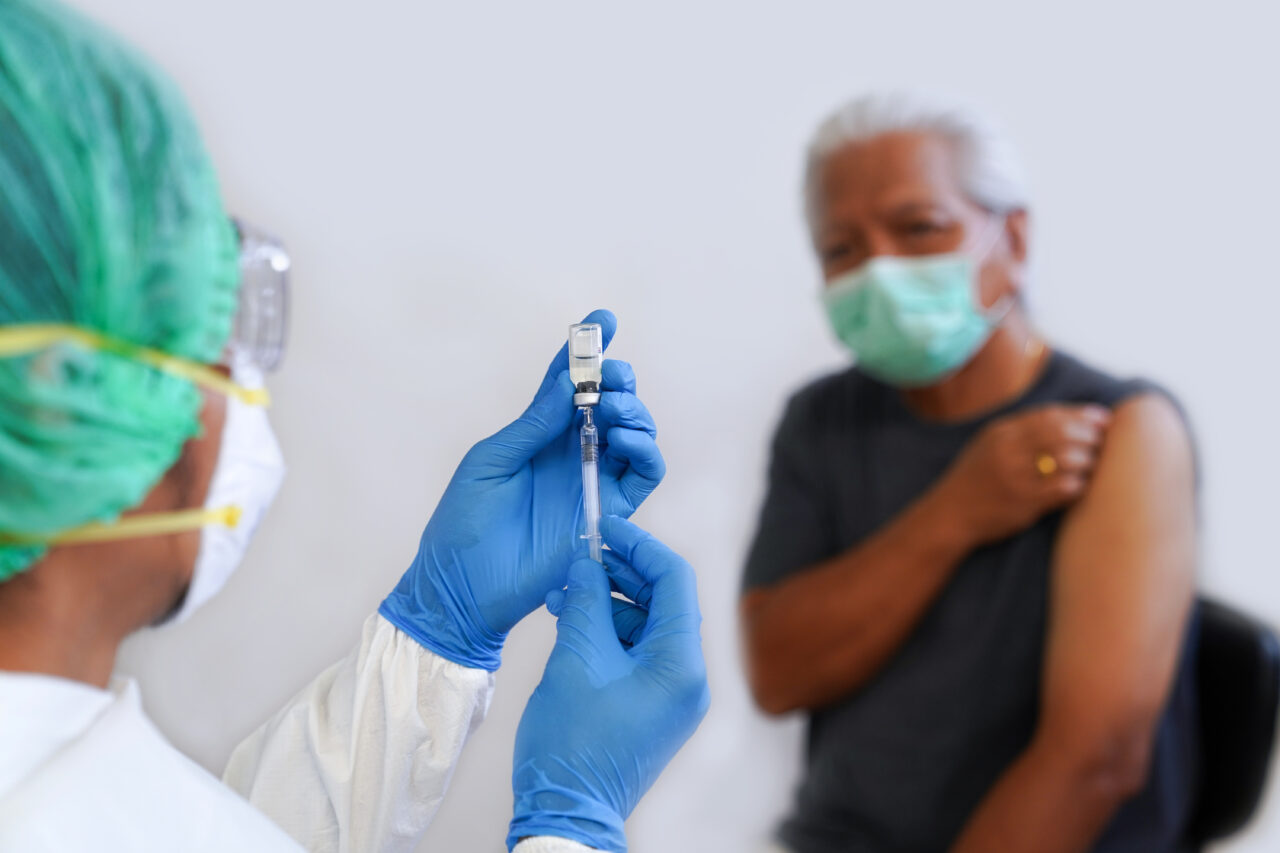
Engaging with and centering the voices and perspectives of trusted messengers who have roots in the community is an important part of building vaccine confidence and communicating to the public about vaccine distribution. Campaigns that are in partnership with trusted leaders and community groups from disproportionately impacted communities allow for greater dialogue on vaccines. Local leaders should also be aware of using multiple channels of communication to reach vulnerable populations. Using accessible channels to open spaces for community members to ask questions and provide input is also helpful in building community trust.
Remove Barriers to Access
While the initial phase of vaccine distribution has been dependent on large health-care systems and chain pharmacies, these distribution sites are not equitably located throughout the country. Vaccine distribution sites must be directly set up in vulnerable communities. Local leaders can also partner with community health centers to improve accessibility of vaccine distribution sites and consider innovative approaches such as mobile vaccination clinics. For many Black, Hispanic, and Indigenous community members, barriers in transportation, access to information (technology and language proficiency), access to healthcare, and distrust in government and traditional medical centers must be addressed.
Prioritize At-Risk Groups
Vulnerable populations most at-risk of being infected by and dying from COVID-19 must be prioritized for the vaccine. A stark example of inequity in Alabama highlights the intersection of low life expectancy for Black residents and vaccine eligibility. “More than 80% of Alabama’s Black population lived in a county where life expectancy didn’t meet vaccine eligibility.” Individuals most at risk are essential workers, including healthcare personnel, teachers, grocery store employees, sanitation and janitorial staff, and frontline food workers where vulnerable populations are over-represented. In addition, immigration status should not be a factor in prioritization for access to the vaccine.
Examples: Prioritizing Equity in Vaccine Distribution
- Long Beach, CA: After declaring racism as a public health crisis in June and starting the Racial Equity and Reconciliation Initiative, the city of Long Beach, CA is paving the way for vaccine equity. Early this month, the Long Beach Department of Health and Human Services conducted the first vaccine clinic as part of an outreach program that vaccinates people in high-risk neighborhoods. These small, community-based clinics aim to serve historically underserved neighborhoods in Long Beach. The City has is actively in partnership with local nonprofits and community partners. (City of Long Beach/press release.)
- Albany, GA: This city with less than 75,000 residents was hit hard by COVID-19 early in the pandemic. Last April, the city was confronting a per capita outbreak rate that made it the fourth-worst impacted city in the country. In late February, Albany launched one of four mass vaccination sites in the state. Collaboration and partnerships between city, county, and community made this possible.
- Black Doctors COVID-19 Consortium in Philadelphia, PA: In Philadelphia, a group of Black doctors have paved the way to provide health education and resources, and mobile COVID-19 testing and vaccination services in partnership with the City of Philadelphia. Black Doctors COVID-19 Consortium have been operating out of churches and parking lots in predominantly Black neighborhoods since the beginning of the pandemic. The group is conducting a 24-hour vaccination clinic for those who meet local vaccination group requirements in some of Philadelphia’s hardest-hit neighborhoods. (Official Website). The clinic is making significant strides in vaccination rates for Black residents.
- The Pueblo of Acoma and the Pueblo of Laguna have partnered with the New Mexico Department of Health in order to distribute the Pfizer COVID-19 vaccine to reservation residents. This includes mobile vaccination sites and beginning with the elderly and front line workers. For more information, see the Pueblo of Laguna Covid-19 Facebook page and the POA Health & Human Services Division Facebook page.
Additional Resources
- Building Confidence in COVID-19 Vaccines – CDC
- The Black Community and the COVID-19 Vaccine: Discussing the Justified Questions – National Academy of Medicine
- More than 80% of Alabama’s Black population lived in a county where life expectancy didn’t meet vaccine eligibility – CNN
- White Americans are being vaccinated at higher rates than Black Americans. Such Inequity cannot stand. – Washington Post
- COVID-19 and the Legacy of Racism: Vaccine Hesitancy and Treatment Bias – NIHCM Foundation
- Building Trust in COVID-19 Vaccines and Beyond Through Authentic Community Investment – American Journal of Public Health
- Framework for Equitable Allocation of COVID-19 Vaccine – National Academies of Sciences, Engineering, and Medicine
- California uses ZIP codes, outreach to boost vaccine equity – AP News
- Just 5 percent of vaccinations have gone to Black Americans, despite equity efforts – Politico
- The Rural Health Information Hub provides guidance and examples of innovations of local jurisdictions with community partners to bring COVID-19 vaccinations to rural areas

